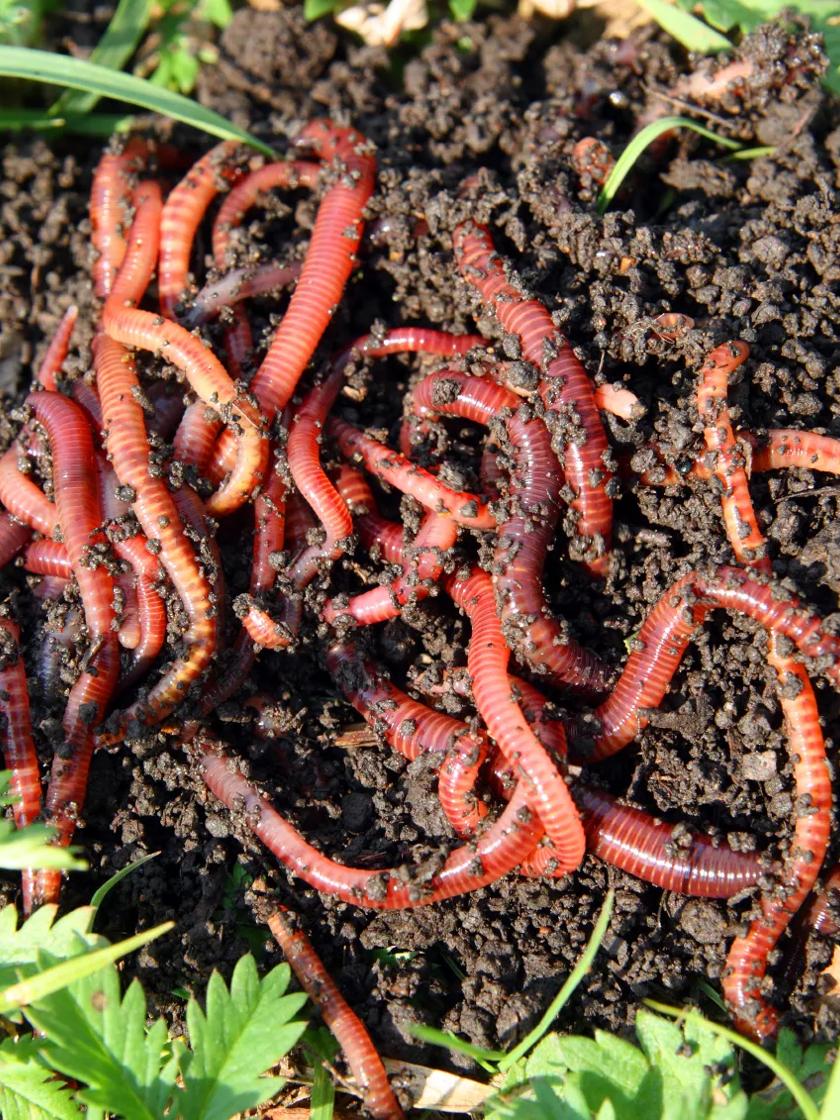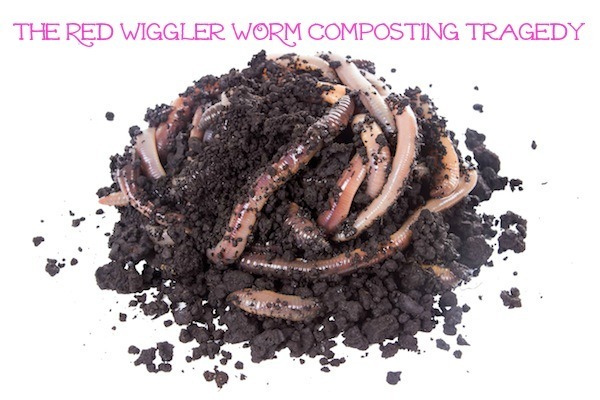The Ultimate Red Wiggler Composting Checklist for Effective Vermiculture
The Ultimate Red Wiggler Composting Checklist for Effective Vermiculture
Blog Article
Checking Out the Mechanisms of Red Wiggler Composting: A Comprehensive Guide to the Refine and Its Favorable Effect On Lasting Gardening Practices
The complex devices of red wiggler composting, utilizing the one-of-a-kind physiology of Eisenia fetida, provide a compelling opportunity for boosting sustainable gardening techniques. As city horticulture gains grip, recognizing the nuances of this composting method comes to be progressively appropriate.
Comprehending Red Wigglers
Red wigglers, scientifically called Eisenia fetida, are a varieties of earthworm highly concerned for their performance in composting organic waste. These worms grow in nutrient-rich environments, particularly in rotting natural matter, making them optimal for vermicomposting systems - Red Wiggler Composting. Defined by their reddish-brown pigmentation and segmented bodies, red wigglers are smaller than usual earthworms, usually measuring in between three to four inches in size
Their one-of-a-kind physiological traits enhance their composting capacities; for circumstances, they have a high reproductive price, permitting populaces to increase swiftly under appropriate problems. Red wigglers eat organic product, simplifying through their digestion systems, which results in nutrient-rich castings that work as an exceptional organic fertilizer. Their voracious hunger allows them to refine large volumes of food waste efficiently, considerably reducing garbage dump contributions.
Along with their composting expertise, red wigglers play a crucial duty in dirt health. Red Wiggler Composting. They aerate the soil and promote the decomposition of natural matter, more enriching the dirt environment. Understanding the qualities and ecological benefits of red wigglers is crucial for any individual looking to apply sustainable horticulture practices with reliable composting techniques
The Composting Refine
The composting procedure entails damaging down organic products right into nutrient-rich garden compost, a job that red wigglers succeed at because of their specialized gastrointestinal systems. These worms consume food scraps, lawn waste, and various other natural matter, changing them into beneficial compost through a collection of biological and chemical processes.
Initially, the organic matter is mixed with bed linen materials such as shredded paper or dried out fallen leaves, developing an ideal atmosphere for the worms. As the red wigglers consume this blend, they damage it down through their digestive tract, where bacteria better disintegrate the product. This process produces heat, promoting microbial task, which speeds up decomposition.

Advantages of Red Wiggler Composting
Numerous garden enthusiasts and eco-conscious individuals identify the various advantages of red wiggler composting, making it a popular option for effective waste administration. One of the main advantages is its capacity to substantially reduce organic waste in land fills - Red Wiggler Composting. Red wigglers efficiently break down kitchen scraps and other naturally degradable materials, transforming them right into nutrient-rich vermicompost that enriches dirt wellness
In addition, red wiggler composting enhances dirt framework and fertility. The resulting vermicompost is teeming with advantageous microbes, which advertise plant growth and boost nutrient retention. This natural fertilizer not just supports lasting horticulture techniques but likewise minimizes reliance on chemical plant foods, fostering a much healthier community.
Furthermore, red wiggler composting is a space-efficient approach, making it perfect for metropolitan gardeners with limited room. The process can be conducted inside or outdoors, permitting for year-round composting regardless of environment problems. In addition, red wigglers are low-maintenance microorganisms that call for marginal care, making them obtainable for amateur garden enthusiasts.
Fundamentally, the advantages of red wiggler composting expand beyond waste reduction; they add to healthier dirts, lasting gardening methods, and environmental stewardship, placing it as an important technique in modern-day cultivation.
Best Practices for Composting
For successful red wiggler composting, sticking have a peek at this website to ideal methods is vital to make the most of effectiveness and make certain an effective setting for these worms. This balance advertises ideal disintegration and enhances the worms' wellness.
Next, screen moisture degrees, aiming for a wet, sponge-like consistency. Excessively damp conditions can result in anaerobic decay, while excessive dryness might impede worm task. Additionally, make certain correct oygenation by transforming the compost consistently, which helps protect against compaction and enables appropriate oxygen circulation.
Temperature is another important aspect. Keep a variety of 55 ° F to 77 ° F(13 ° C to 25 ° C) to advertise worm task and microbial development. Lastly, stay clear of introducing meat, dairy, and oily foods, as these can draw in parasites and develop smells.
Enhancing Lasting Horticulture
Lasting horticulture personifies a holistic strategy that harmonizes environmental concepts with functional horticulture methods. By incorporating methods such as red wiggler composting, gardeners can considerably enhance their methods, cultivating a much more resistant environment. Red wigglers, renowned for their effective decay abilities, transform organic waste into nutrient-rich garden compost, therefore enriching the soil without depending on chemical plant foods.
Executing sustainable horticulture techniques, such as plant rotation, companion growing, and mulching, further complements the benefits of composting. These practices not only boost dirt structure and fertility but additionally promote biodiversity, bring in beneficial bugs and microorganisms that add to grow wellness. Making use of indigenous plants can lower water consumption and reduce upkeep, lining up with water preservation initiatives.

Conclusion
In final thought, red wiggler composting represents an essential method for improving lasting gardening methods. Ultimately, the adoption of red wiggler composting can considerably add to green gardening, benefitting both metropolitan and novice gardeners in their cultivation efforts.
The intricate devices of red wiggler composting, utilizing the one-of-a-kind physiology of Eisenia fetida, provide an engaging opportunity for enhancing lasting gardening methods. Recognizing the qualities and environmental benefits of red Find Out More wigglers is crucial for any individual looking to implement lasting gardening practices through efficient composting approaches.

In verdict, red wiggler composting stands for an important method for boosting sustainable gardening techniques. Ultimately, the adoption of red wiggler composting can significantly contribute to green gardening, benefitting both city and amateur garden enthusiasts in their growing efforts.
Report this page